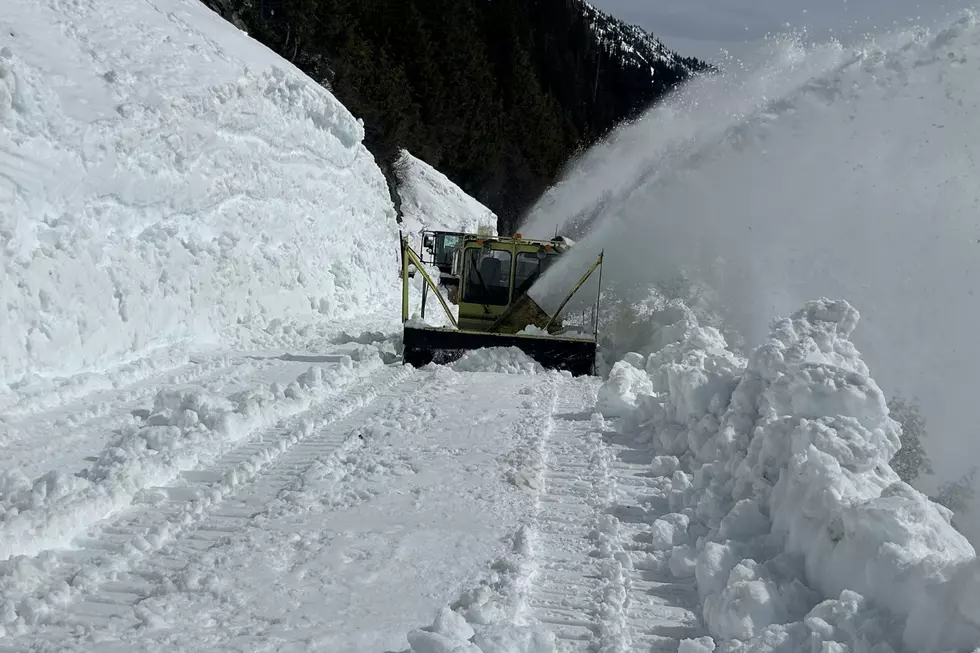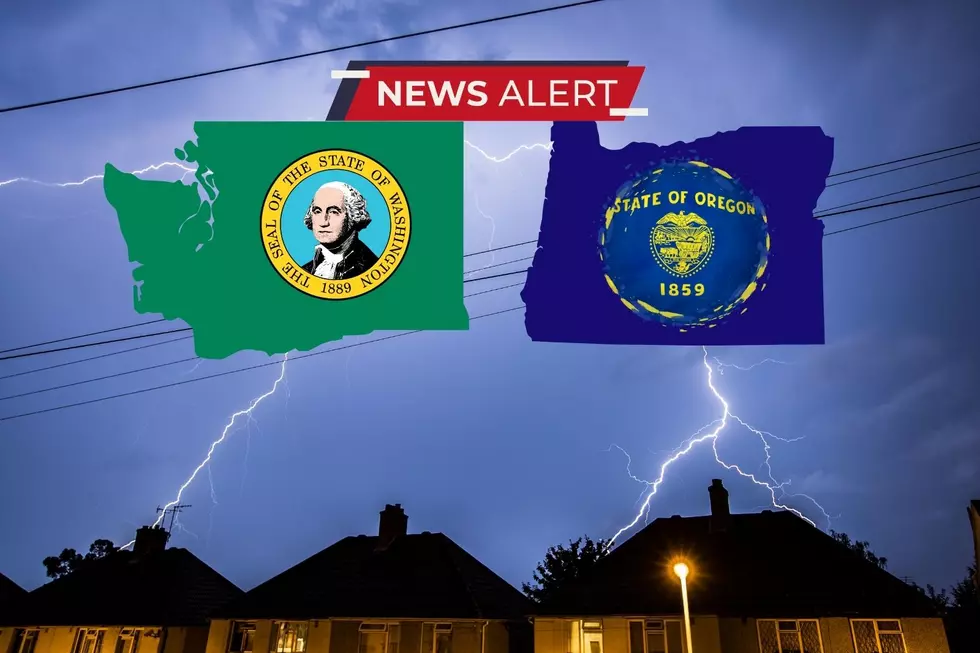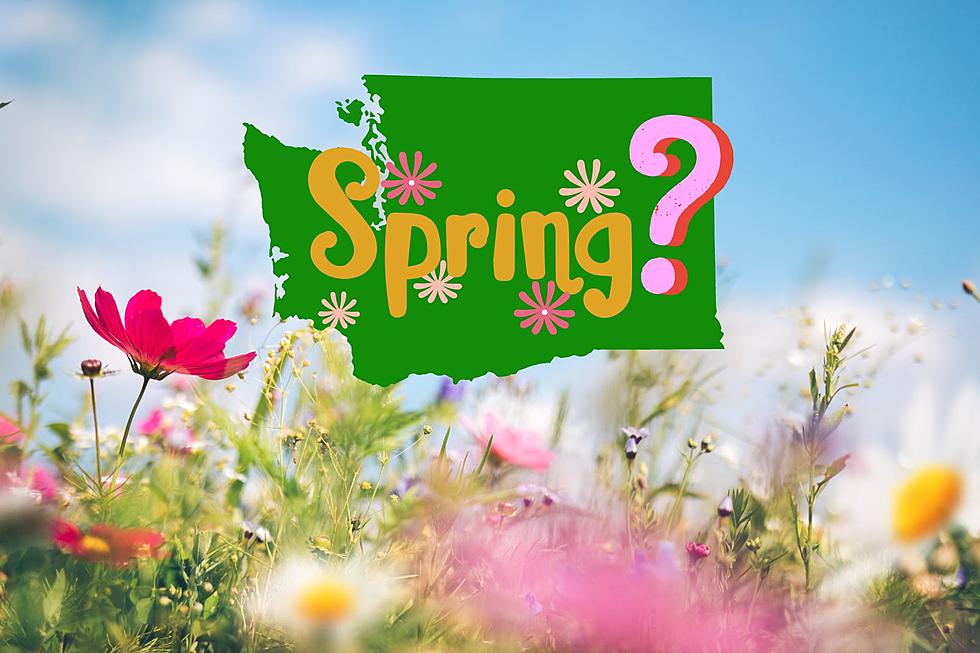
Washington Get Prepared With New Farmers Almanac Prediction
The 2023 Farmers Almanac was just released if you believe in that sort of thing. According to Wikipedia the Farmers Almanac is an "annual American periodical that has been in continuous publication since 1818. Published by Geiger of Lewiston, Maine, the Farmers' Almanac provides long-range weather predictions for both the U.S. and Canada. The periodical also provides calendars and articles on topics such as full moon dates, folklore, natural remedies, and the best days to do various outdoor activities." There are a lot of people that not only believe but count on the almanacs predictions throughout the year. So what is predicted for Washington and Oregon in 2023?
WHAT IS PREDICTED? The forecast for the Northwest is not unusual and almost the same as the weather we experienced last year. According to the Famers Almanac for 2023, "most of the U.S. will be colder than normal this winter, although summer will be mostly warmer than usual. In addition to a neutral to perhaps weak El Niño, important weather influences will include a continued warm phase of the Atlantic Multidecadal Oscillation (AMO), a neutral to positive North Atlantic Oscillation (NAO), and a negative Pacific Decadal Oscillation (PDO). Oscillations are linked ocean–atmosphere patterns that can have long-term effects on the weather."
WHAT DOES THAT MEAN FOR THE NORTHWEST? The weather this winter will be very different on both side of the US according to the Farmers Almanac prediction. The east will be unusually cold and snowy with the west being mild but snowy. For the Pacific Northwest the predict "Winter temperatures will be milder than normal, with slightly below-normal precipitation and snowfall. The coldest periods will be in mid-November and early and late December. The snowiest period will be in mid-November." They say the west is expected to be "“Wet & Mild”—one with lots of (mostly) rain and temperatures that trend upward by as much as several degrees above normal."
WHAT ABOUT THE EAST COAST? If you have friends or family on the east coast, the prediction is not as friendly. "Winter will be colder than normal, with near-normal precipitation and above-normal snowfall. The coldest periods will be early December, late January, and mid- to late February. The snowiest periods will be in early and late January and in February in the south." Other predictions for the east coast include:
- Winter temperatures will be colder than normal across much of the country between the East Coast and Rockies.
- Snowfall will be greater than normal from central New England through northern North Carolina, from the Lower Great Lakes and the Ohio and Tennessee Valleys into the southern Plains, from the northern Plains into eastern Washington, and across the higher terrain of the southern Rockies and California.
- Freezing temperatures will also bring above-average snow totals to most areas in the eastern U.S. that typically experience snowfall.
Ouch, that doesn't sound very fun to me. This year, I am glad to live on the western side of the country without the brutal cold temps freezing my face off! Colder then usual temperatures for the east coast is "don't even think about it and stay inside" temperatures on the west coast! If you would like to buy a copy of this years almanac, you can with this link online.
KEEP READING: Here are the most popular baby names in every state
50 Most Popular Chain Restaurants in America
More From 97.1 KXRX







![[ALERT] Grass Fire Warning Issued for a Windy and Dry Washington](http://townsquare.media/site/134/files/2024/03/attachment-Untitled-design-13.jpg?w=980&q=75)

